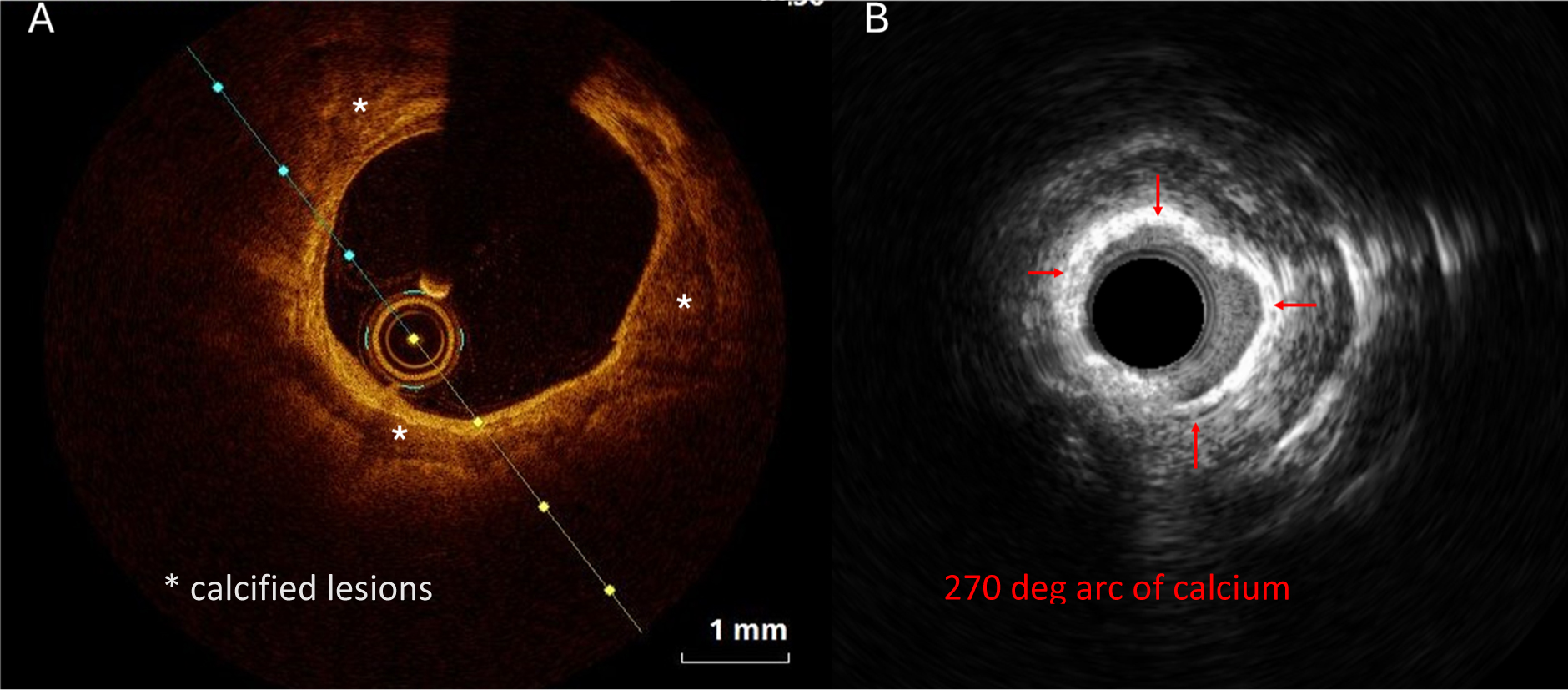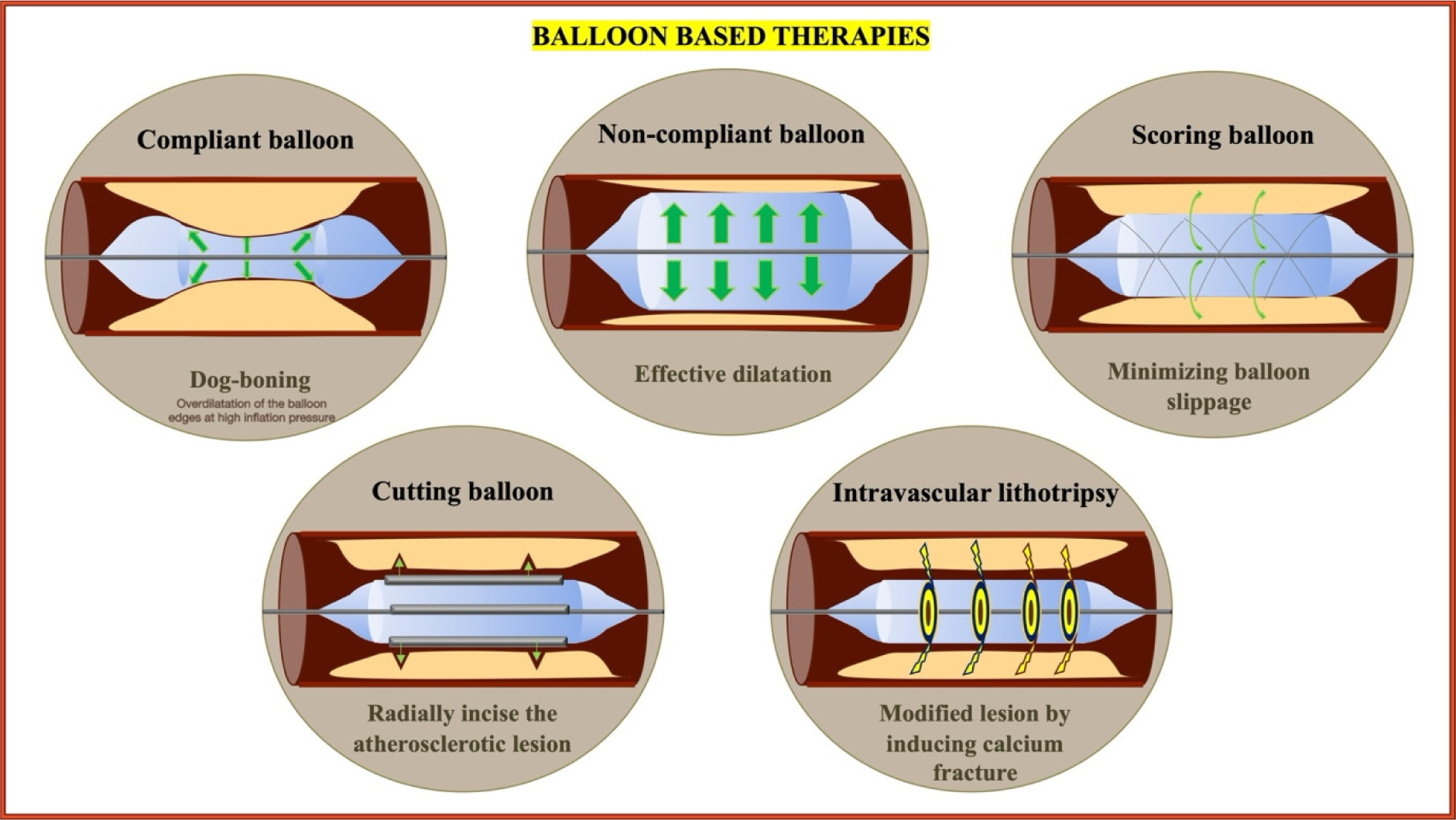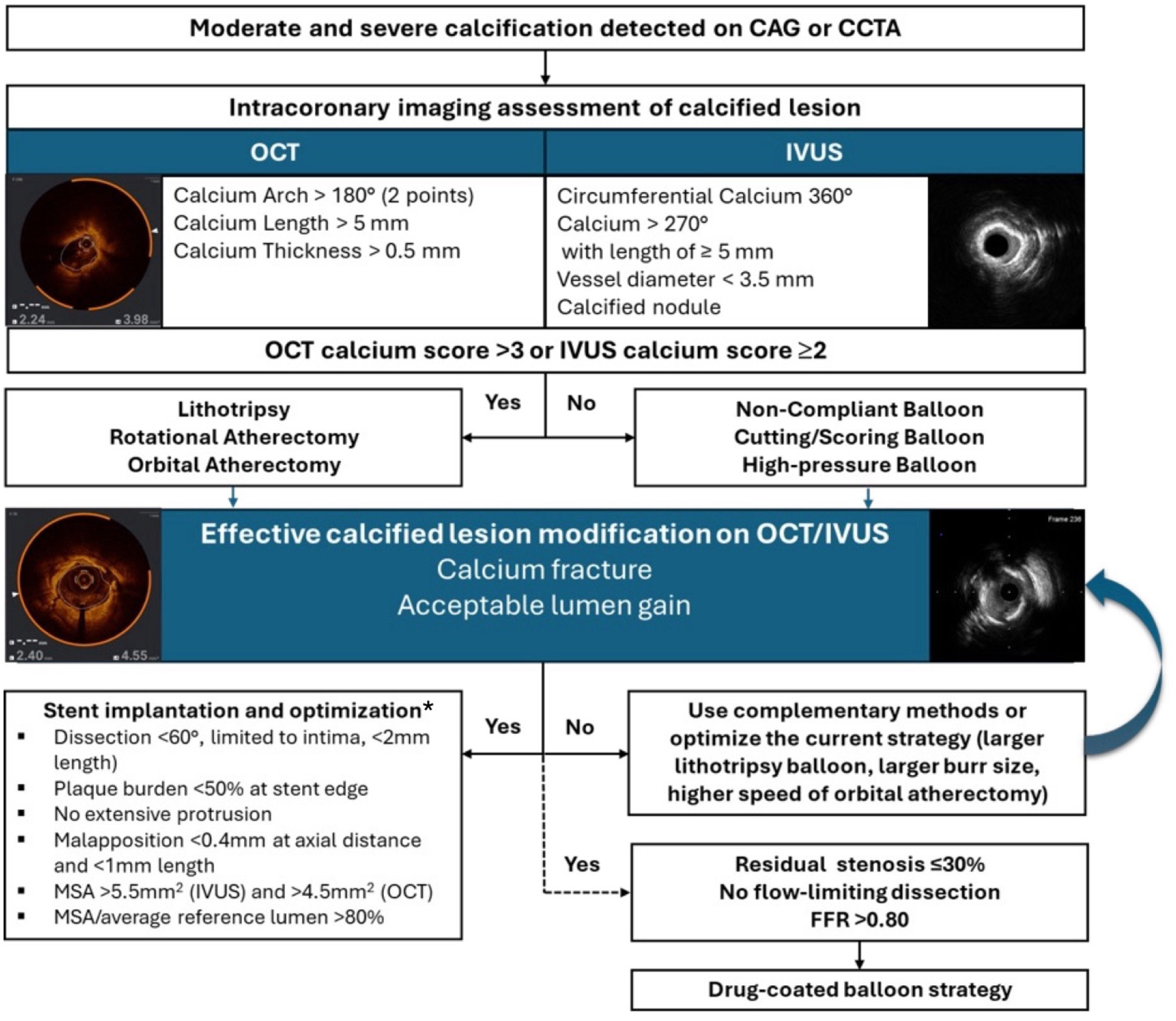1.
Introduction
Let Fq be the finite field of q elements, where q=pα with a prime p and a positive integer α. Suppose that
with positive integers e and f. Choose a generator γ of the multiplicative cyclic group
For v∈F∗q, let indγ(v) denote the unique non-negative integer m⩽q−2 such that v=γm.
For 0⩽i,j⩽e−1 (or rather for i,j modulo e), the e2 cyclotomic numbers of order e, denoted by Aij (or A(e)ij to indicate the order e), are defined as the cardinality of the set Xij, where
Introduced by Gauss [1,2] over two hundred years ago, cyclotomic numbers are a significant concept in number theory with deep connections to various mathematical areas. They have been extensively applied in combinatorial designs, coding theory, cryptography, and information theory (see [3,4,5,6]). For both theoretical and practical purposes, it is intriguing to determine all cyclotomic numbers of a given order e for all finite fields, a task usually called the cyclotomic problem.
In the case q=p, Gauss [1, §358] evaluated A(3)ij in terms of (L,M) satisfying the Diophantine system
This system determines L uniquely and M up to signs. Similarly, Gauss [2] evaluated A(4)ij in terms of (a,b) satisfying
which fixes a uniquely and b up to signs. His results indicated that solving the cyclotomic problem over Fq generally requires more than just the value of q and order e; it also needs a quadratic partition of q.
Therefore, classical solutions to the cyclotomic problem are typically expressed using an appropriately chosen solution of a relevant Diophantine system (consisting of equations and congruences), often with the sign ambiguity. In this sense, many mathematicians have investigated the cyclotomic problem for various small orders ⩽22 (see Dickson's early foundational work [7,8,9] and a good recent survey [10]), as well as for special orders such as [11,12,13] for l, [13,14] for 2l, [15] for l2, and [16,17] for 2l2 (with an odd prime l).
While Gauss initially approached cyclotomy via Gauss sums, Dickson's use of Jacobi sums [7] laid the groundwork for modern cyclotomy. The cyclotomic problem is, in fact, equivalent to the explicit evaluation of Jacobi sums of the same order. Let us recall the definiton of Jacobi sums. Let ζ be a primitive complex e-th root of unity fixed once for all. We define a multiplicative character χe of order e on F∗q by
and extend χe to a character on Fq by taking χe(0)=0. For convenience, we assume
for any integer m. The Jacobi sums J(i,j) (or Je(i,j) to indicate the order e) of order e, for 0⩽i,j⩽e−1 (or rather for i,j modulo e), are defined by
Jacobi sums and cyclotomic numbers are related by the following finite Fourier series expansions:
To calculate all cyclotomic numbers of order e, it suffices to calculate all Jacobi sums of order e, and vice versa.
Jacobi made significant contributions to mathematics, including the Jacobi symbol, the Jacobi triple product, the Jacobi elliptic functions, and the Jacobian in variable transformations. Among his notable discoveries are Jacobi sums, which he proposed in 1827 in a letter to Gauss and published ten years later. These sums were later extended by Cauchy, Gauss, and Eisenstein. While Gauss sums are pivotal in proving quadratic reciprocity, Jacobi sums are essential for proving cubic reciprocity and were generalized by Eisenstein for biquadratic reciprocity. Jacobi sums are also used to estimate the number of integer solutions to congruences like
which are crucial for developing the Weil conjectures [18]. In modern mathematics, Jacobi sums have found applications in primality testing [19].
Wamelen [20] has provided an inductive arithmetic approach to characterize all Jacobi sums of any order, thereby solving the cyclotomic problem in theory. However, the Diophantine system he employed is notably large and intricate in general. In recent years, there has been growing interest in efficiently computing Jacobi sums [21], driven by their importance in applications such as primality testing, cryptosystems, combinatorial designs, and advanced number theory problems [19,22].
For given Fq, γ, and ζ, classical cyclotomic numbers and Jacobi sums are binary functions depending on two variables i,j∈Z/eZ. The purpose of this paper is to investigate their trivariate analogs, so-called "ternary cyclotomic numbers" and "ternary Jacobi sums", defined in Section 2. As classical cyclotomic numbers and Jacobi sums are important both theoretically and practically, we want to study their ternary counterparts in order to explore theoretically interesting problems or potential applications. In Section 2, we obtain some ternary properties, which are analogous to those of classical cyclotomic numbers and Jacobi sums, with proofs similar to those of classical ones. Then we use these properties to solve the cyclotomic problem for ternary cyclotomic numbers. Section 3 provides explicit evaluations of all ternary cyclotomic numbers and ternary Jacobi sums for order e=2, and Section 4 nearly completes the evaluation for order e=3, except for an integer J3(1,1,2), which remains unknown. Our calculations show that ternary Jacobi sums, which are some kind of character sums, cannot generally be transformed into classical Jacobi sums. So the cyclotomic problem for ternary cyclotomic numbers has its own interests in theory.
2.
Ternary cyclotomic numbers and Jacobi sums with properties
Let Fq, γ, ζ, χe and
be as described in Section 1. We further assume
is odd for convenience. (The upcoming definitions will be meaningless for F2α, where v−1=v+1.) Specifically, either e or f is even.
For 0⩽i,j,k⩽e−1 (or rather for i,j,k∈Z/eZ), we define the ternary cyclotomic numbers of order e, denoted by Aijk (or A(e)ijk to indicate the order e), as the cardinality of the set
This definition relies on the choice of a multiplicative generator γ of F∗q. We also define the ternary Jacobi sums of order e, denoted by J(i,j,k) (or Je(i,j,k) to indicate the order e), as
This definition depends on the character χe on Fq, which is determined by the selections of γ and ζ (as χe(γm)=ζm and χe(0)=0). Clearly, we have
Our definition of the ternary Jacobi sum can be viewed as a special case of the character sums studied in [23].
To calculate all ternary cyclotomic numbers of order e, it suffices to calculate all ternary Jacobi sums of order e, and vice versa, by the following finite Fourier series expansions.
Proposition 1. (Finite Fourier series expansions) The ternary cyclotomic numbers and ternary Jacobi sums of the same order e are related by: for any a,b,c∈Z/eZ,
Proof. Note that
For v∈{0,±1},
For the Aijk elements v∈Xijk,
Summing them all together, we obtain Eq (2.1). For the Eq (2.2), noting that ζ=χe(γ), we have
Note that
and similar for ∑e−1i=0χie(v−1γa) and ∑e−1j=0χke(v+1γc). So the terms of the above sum are non-zero only when v∈Xabc, and thus
□
Following arguments often involve the value of χe(−1). Since
and when e is even,
we have
Classical cyclotomic numbers exhibit a symmetry property in their two variables:
which implies that
It is similar for ternary cyclotomic numbers and ternary Jacobi sums.
Proposition 2. For any i,j,k∈Z/eZ,
Proof. For any v∈Fq, let w=−v. Since
we have
So v↦−v induces a bijection from Xijk to Xk+ef2,j+ef2,i+ef2. □
Corollary 3. For any a,b,c∈Z/eZ,
As a consequence, when both f and b are odd, we have J(a,b,a)=0.
Proof. By Propositions 1 and 2, as
we have
□
Classical cyclotomic numbers exhibit another property
which implies that
It is similar for ternary cases as follows:
Proposition 4. For any i,j,k∈Z/eZ,
Proof. For any v∈Fq, let w=v−1. Since
we have
So v↦v−1 induces a bijection from Xijk to Xi−j+ef2,−j,k−j. □
Corollary 5. For any a,b,c∈Z/eZ,
Proof. By Propositions 1 and 4, as
we have
□
For classical cyclotomic numbers, we have
We show similar equations for ternary cyclotomic numbers.
Proposition 6. Let g=indγ(2). For any i,j,k∈Z/eZ,
Proof. Note that
Also note that 1∈Xjk if and only if
These Xtjk are pairwise disjoint, which gives the first equation.
For the second equation,
So
if and only if
Also note that −2∈Xij if and only if
For the third equation,
Then
if and only if
Here
induces a bijection on Fq. Also note that
if and only if
□
Note that
So classical Jacobi sums J(i,0) and J(0,i) can be easily evaluated by
Similarly, ternary Jacobi sums J(i,j,k), with either i, j or k divided by e, can be evaluated in terms of classical Jacobi sums of the same order e.
Proposition 7. Let g=indγ(2). For i,j,k∈Z/eZ, we have
Proof. Recall that
for any m∈Z, we have
So
In the following we let
Note that
induces a bijection on Fq. Then
□
Corollary 8.
For i≢0(mode), we have
To conclude this section, it is important to highlight a key result that will facilitate our subsequent calculations, as it is self-evident from the definition.
Lemma 9. Let k be an integer coprime to e, and σk denote the Q-automorphism of the field Q(ζ) with
Then for any a,b,c∈Z/eZ, we have
3.
Evaluation for order e=2
In this section, assuming
we calculate all ternary cyclotomic numbers and ternary Jacobi sums of order 2 for a generator γ of F∗q. We fix ζ=−1, and let
By Eq (2.4) and
all classical Jacobi sums of order 2 are:
First, let us calculate J2(1,1,1) when f is even (which is this section's most challenging part). We will see that it is related to classical Jacobi sums of order 4. Let us take the imaginary unit
as the primitive 4-th root ζ4 of unity. We write J4(i,j) (with i,j∈Z/4Z) for the {classical} Jacobi sums of order 4 with respect to γ and ζ4. Let χ4 be the character of Fq defined by
By definition,
A critical insight is that
on Fq. Also note that
So
The final expression is a part of the following formula:
Since
and
for any v∈Fq,
where Re(z) represents the real component of a complex number z.
From [24], we extract the evaluation required. Take special note that the Jacobi sums as defined in [24, §2] are distinct from our own definitions. In fact, their Jacobi sums R(m,n) equal our
So their finding for R(1,1) [24, Propositions 1, 2] can be reinterpreted as a result for our J4(1,2) as follows.
Lemma 10. [24, Propositions 1, 2] Let q=pα≡1(mod4) with p prime and α⩾1, and let
If p≡3(mod4), then α is even,
and
If p≡1(mod4), then s is the unique integer coprime to q such that s≡1(mod4) and q−s2 is a perfect square.
Remark 11. The earlier literature [25, p.298] also presented the results of Lemma 10, but erred in the sign when p≡3(mod4).
When
is even, by Lemma 10,
When f is odd, by Corollary 3, J2(1,1,1)=0.
Evaluating the ternary Jacobi sums of order 2, excluding J2(1,1,1), is now straightforward by Proposition 7, Corollary 8, and Eq (3.1). Combining all these, we formulate the results into the following theorem.
Theorem 12. All ternary Jacobi sums of order 2 over Fq with respect to a generator γ of F∗q are explicitly given as follows, with g=indγ(2) and s defined as in Lemma 10.
Using finite Fourier series expansions from Proposition 1, along with Theorem 12, we derive a complete and explicit evaluation of all ternary cyclotomic numbers of order 2 as follows.
Theorem 13. All ternary cyclotomic numbers of order 2 over Fq, corresponding to a generator γ of F∗q, are explicitly evaluated as follows, with g=indγ(2) and s defined as in Lemma 10.
If q≡3(mod4), then
If q≡1(mod8), then
If q≡5(mod8), then
4.
Calculation for order e=3
This section aims to compute as many ternary Jacobi sums of order 3 as feasible. Let
be an odd prime power. Clearly, f is even. Let
We choose a cube root of unity ζ3∈{e±2π3i}. Then
Also note that
for the Q-automorphism σ2: Q(ζ)→Q(ζ). So σ2 is {just} the complex conjugation.
First, recall the evaluation of classical Jacobi sums of order 3. Since f is even,
By Eq (2.4),
and
The value of
is also known as the following lemma.
Lemma 14. [12,25] For
with p odd prime and α⩾1, we can write
for some L,M∈Z with L≡1(mod3).
(1) If p≡2(mod3), then α is even,
(2) If p≡1(mod3), then (L,M) is the unique solution of the Diophantine system:
Proof. For p≡1(mod3), this result is a part of [12, Proposition 1]. For p≡2(mod3), [25, p.297] provided the value of J3(1,1) but erred in the sign. To rectify this mistake, we present an elementary proof below.
By definition,
with some a,b∈Z. Write Aij (with 0⩽i,j⩽2) for the classical cyclotomic numbers of order 3. Note that f is even. So
By definition,
By Eq (2.3),
So
By definition,
By [26, Theorem 2.1.3], if none of i, j, and i+j are multiples of e, then
Therefore,
The Eisenstein integer ring Z[ζ3] is a unique factorization domain (UFD), where the rational prime p≡2(mod3) is an Eisenstein prime, which is irreducible in Z[ζ3]. So
for an integer n⩾0 and an Eisenstein unit
Since
we have
The condition
requires that u=±1 and thus b=0. Moreover,
and hence
□
As f is even, by Corollaries 3 and 5, for any a,b,c∈Z/3Z we have
Along with Proposition 7, Corollary 8, and Lemma 9, we obtain:
Next, we calculate
following a similar approach to that for J2(1,1,1) in Section 3. Note that f is even and
So
Also note that
Let us choose the primitive complex 6-th root of unity ζ6 such that ζ26=ζ3. As ζ36=−1,
Write J6(i,j) (i,j∈Z/6Z) for the {classical} Jacobi sums of order 6 with respect to γ and ζ6. Let χ6 be the character of Fq defined by χ6(0)=0 and
Note that χ26=χ3 on Fq. By definition,
Since
we obtain
Theorem 15. Let g=indγ(2), and (L,M) be defined as in Lemma 14 for
with p odd prime and α⩾1. Then
Moreover, if p≡2(mod3), then g≡0(mod3) and
Proof. By Eqs (4.2)–(4.4), we have
We know
Also note that
To determine J6(1,1), we note that
by definition. Let
for some E,F∈Z. By finite Fourier series expansions, E and F are indeed Z-linear combinations of classical cyclotomic numbers A(6)ij (with 0⩽i,j⩽5).
For p≡1(mod3), [14, Theorem 2] provides
where
So we only need to show that Eq (4.5) also holds for p≡2(mod3).
In an earlier work, Dickson [7, §17–19] established Eq (4.5) in the setting of q=p, utilizing certain linear relations among cyclotomic numbers A(6)ij (with 0⩽i,j⩽5). These relations, in fact, are valid for A(6)ij over any finite field Fq with q≡1(mod6). Thus, Dickson's proof of Eq (4.5) is universally applicable to all fields Fq with q≡1(mod6).
Note that the Jacobi sum R(11) in [7, §17–19] corresponds to our (−1)fJ6(1,1). Consequently, the pair (E,F) in [7, §18] (with f even) matches our pair, while the pair in §19 (with f odd) is our (−E,−F).
Using Eq (4.5), we obtain
For the special case of p≡2(mod3), we have
by Fermat's little theorem. As
let
with some t∈Z. Then
Since 3∣(q−1), we have g≡0(mod3), and hence
This completes the proof. □
Remark 16. For p≡1(mod3) and q=pα, Acharya and Katre [14, Theorem 2] proved that (E,F) is the unique solution of the Diophantine system
The remaining issue now is to evaluate
Here, the second equality stems from Corollary 5, while the other two follow from Corollary 3. First, proving it to be an integer is straightforward.
Proposition 17. J3(1,1,2) is an integer.
Proof. By Corollaries 3, 5 and Lemma 9,
So J3(1,1,2)∈R. By definition,
Let
for some a,b∈Z, whose imaginary part is 0 only if b=0. So J3(1,1,2)=a∈Z. □
We have explored various approaches, but the exact value of J3(1,1,2) still eludes us. Finally, let us elaborate on two unsuccessful ideas regarding its calculation:
(1) Drawing from the prior computation of J3(1,2,1), we might guess: Can J3(1,1,2) be expressed as a linear combination of J6(i,j), with coefficients independent of Fq? More precisely, let us consider 36 absolute constants cij∈C (for 0⩽i,j⩽5) such that the equality
holds for any finite field Fq with q≡1(mod6). For each q, this equality yields a linear relation among the coefficients cij. Unfortunately, computational solutions (by a computer program) to these linear equations (for a sufficient number of q) reveal that such constants cij do not exist.
(2) For v=γn∈F∗q, we note that
Also note that
So
Similar computations for J(1,1,2)+J(0,1,2)+J(2,1,2) and J(1,1,2)+J(1,1,0)+J(1,1,1) yields similar character sums involving cubic elements of F∗q. To evaluate J3(1,1,2), it suffices to evaluate any one of them. Currently, we have not found a good way to compute them in general.
5.
Conclusions
In this paper, we introduce the trivariate counterparts of classical cyclotomic numbers and Jacobi sums, named "ternary cyclotomic numbers" and "ternary Jacobi sums". We present their basic properties that mirror those of the classical cyclotomic numbers and Jacobi sums. In Section 3 we provide explicit evaluations for all ternary Jacobi sums (Theorem 12) and ternary cyclotomic numbers (Theorem 13) of order e=2. Section 4 delivers near-complete results for order e=3, with the exception of the elusive integer J3(1,1,2) for us. To solve the cyclotomic problem for ternary cyclotomic numbers of order 3, one only needs to calculate J3(1,1,2). {Determining the precise value of the integer J3(1,1,2) stands as our initial objective for upcoming endeavors. In the future, we will investigate more general methods for the ternary cyclotomic problem, as well as its potential applications in other fields.}
Author contributions
Zhichao Tang: writing–original draft, conceptualization, investigation, software, validation; Xiang Fan: writing–review & editing, methodology, supervision, funding acquisition. All authors have read and agreed to the published version of the manuscript.
Acknowledgments
The authors gratefully acknowledge the editor and the anonymous reviewers for their insightful feedback, greatly enhancing the manuscript. This work is funded by Guangzhou Science and Technology Programme (No. 202102021218). The second author was also sponsored by the National Natural Science Foundation of China (No. 11801579) and Guangdong Basic and Applied Basic Research Foundation (No. 2020B1515310017).
Conflict of interest
All authors declare no conflicts of interest in this paper.
















 DownLoad:
DownLoad: